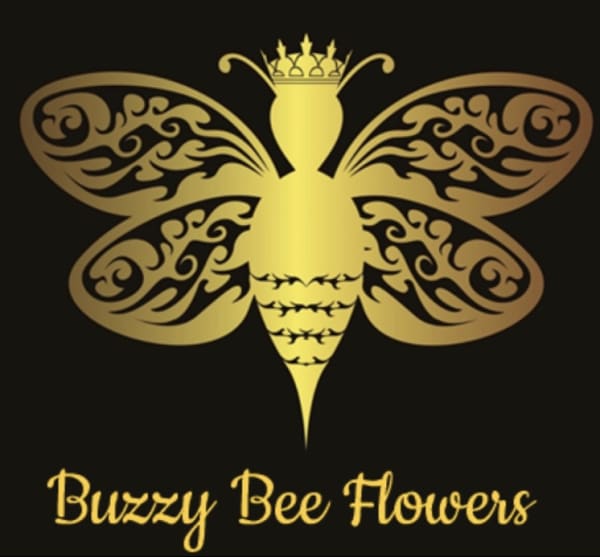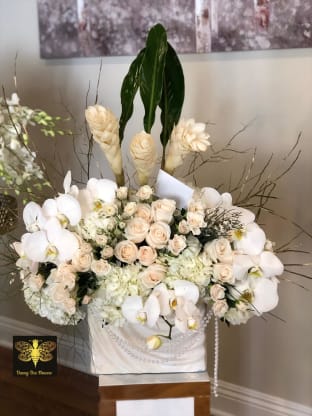With winter upon us, our team at Buzzy Bee Flowers commits itself to our customers and putting a smile on everyone's face! We are going to be offering free delivery for Christmas deliveries. Flowers are ordered during Christmas to show love to a loved one. Here is a small history of Christmas flowers beginning with the Christmas Rose!
The Helleborus Niger, or Christmas Rose, gets its colloquial name from the fact that it is able to bloom in winter and has a similar holiday myth to that of the poinsettia. Native to Europe and Western Asia, the story goes that a young shepherd girl cried because she had nothing to give the baby Jesus. An angel appeared and brushed aside the snow on the ground to reveal the perfect blossoms of the Hellebore shimmering beneath.
These flowers are extremely hardy evergreen perennials. They can stand up to the cold and continue to bloom throughout the winter and early spring. With a variety of color from ivory to eggplant, hellebore is a great choice for both classic and modern styles.
Similar to pine trees, Holly keeps its luster throughout the winter season. It is also a popular adornment for Winter Solstice rituals and celebrations. Holly was considered the sacred plant of Saturn, the God of agriculture and time in Ancient Rome. It was a popular decoration during the festival of Saturnalia and often given as gifts in a wreath. Early Roman Christians were said to have put Holly leaves on their doors in order to avoid persecution, but as Christianity slowly gained dominance, Holly became associated with the celebration of Christ’s birth in December. European pagans also used Holly in decoration and even put sprigs in their hair. They believed the green leaves and bright red berries kept the earth beautiful during a time when other plants went away.
Mistletoe was another sacred plant to Ancient Druids. They believed that it could protect against thunder, lightning, and other evils. The cutting of mistletoe from the forest was a sacred event done by Druid Priests. People would then hang sprigs from their doorway for protection. Celtic peoples thought it had great healing powers, in fact the word mistletoe in the ancient Celtic language means, “all-heal”. It became a universal symbol of both protection and good luck for anyone who could possess it.


